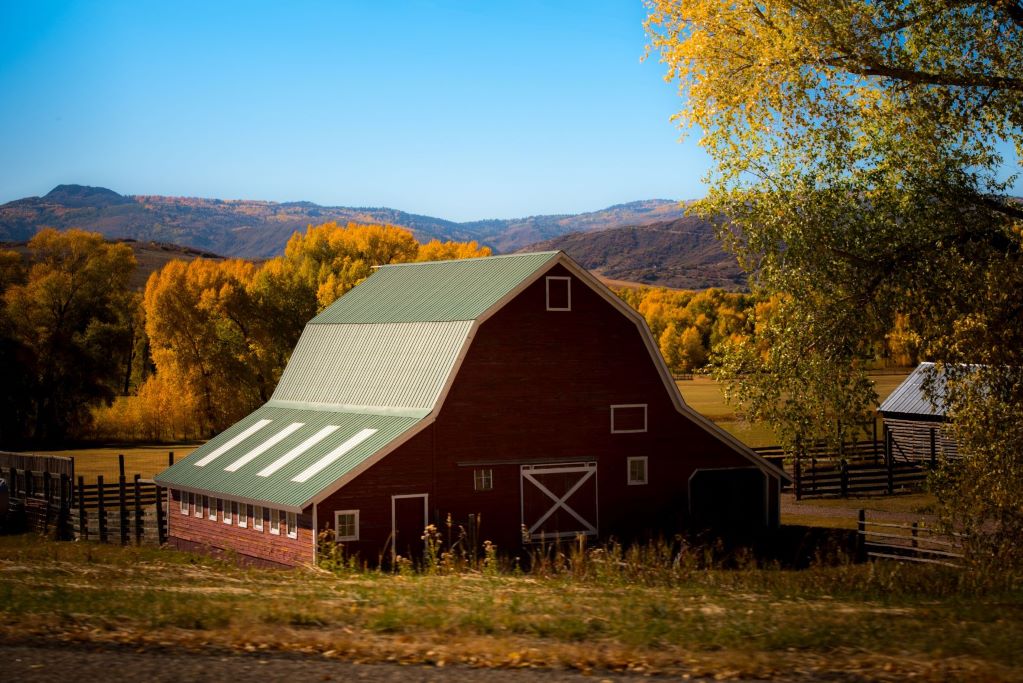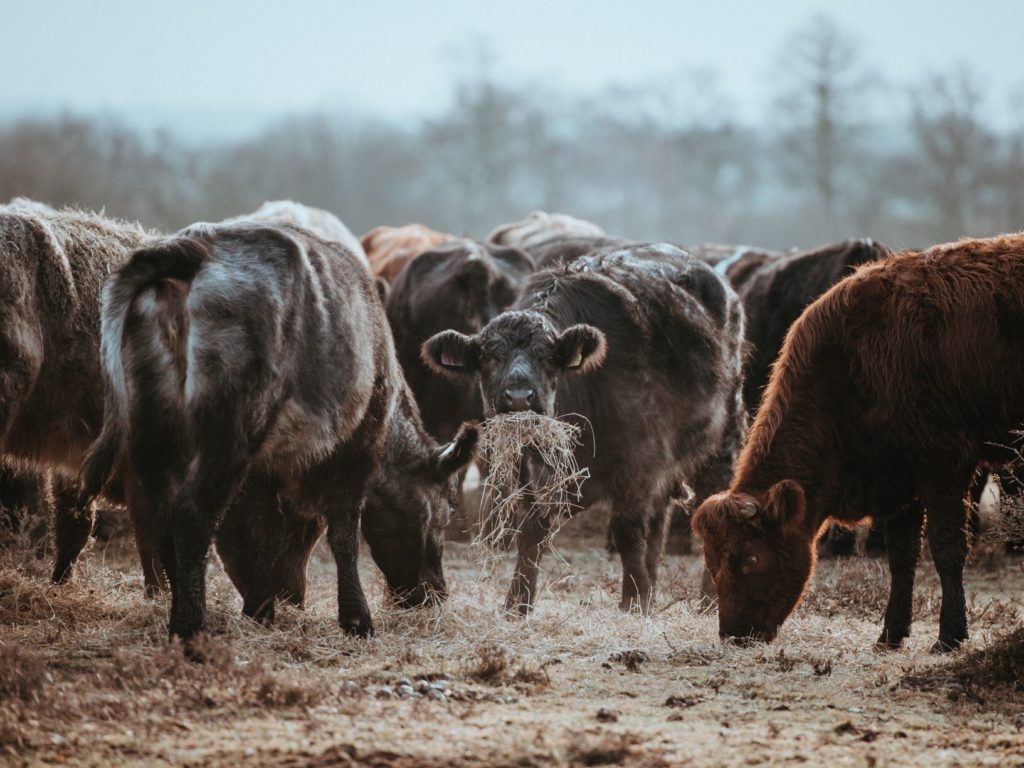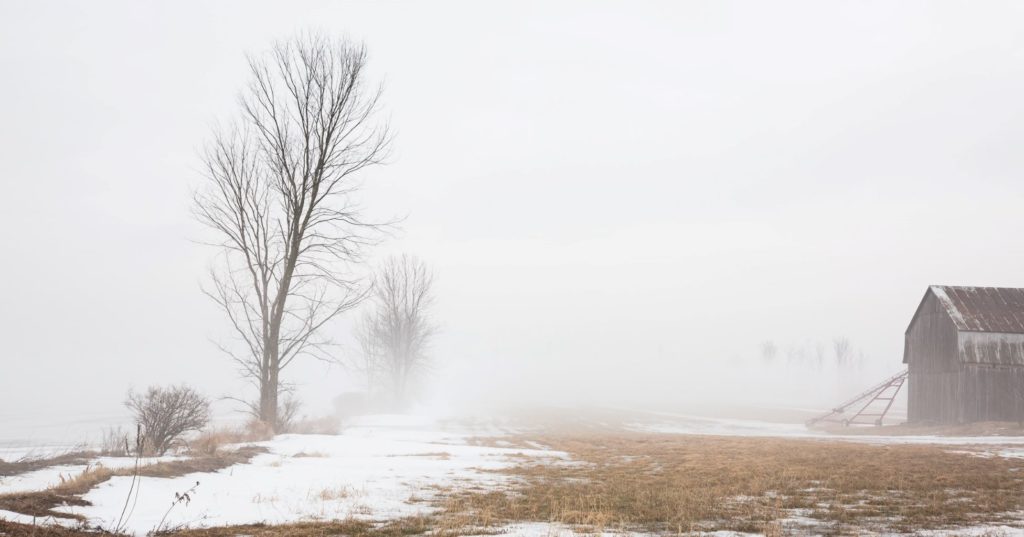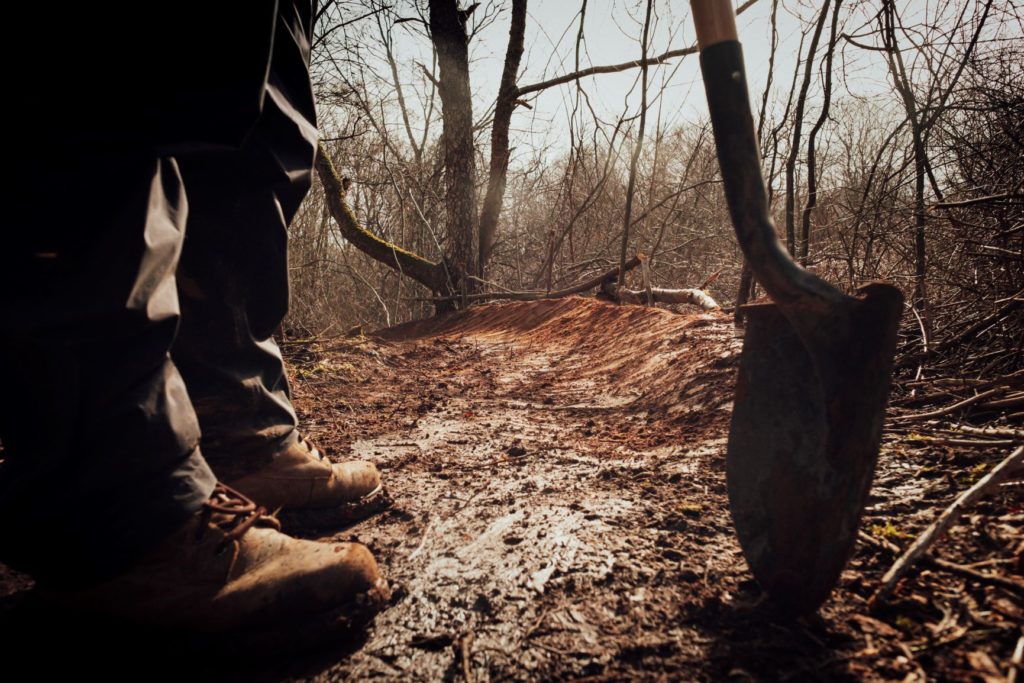
When fall drifts in, that means the holiday season isn’t far behind. It also means we need to start planning for the winter season. To make things easier for those of you who might be planning to build a barn before the first snow or have farm animals to shelter, we have a shortlist of livestock barn plans for the rapidly approaching winter weather.
Virginia is known for its diverse agricultural landscape. So, if you are a Virginia farmer with livestock you care for, this one’s for you!
This list of plans is helpful whether you are building out a barn or simply need a little guidance in what to consider as the winter season approaches. We want to make sure your horses, cows, goats, or whatever animals you have to stay safe and cozy through the winter season.
1. Fatten Them Up – Feed Storage
Action: Just as bears and squirrels pack on the pounds in the colder months (and we do too, but that might simply be because we ate too much at Thanksgiving), your animals can use some fluff. As the seasons change, don’t fear increasing the feeding quantity or times for your animals to help them stay naturally warm. It’s like organically built-in, all-natural insulation!
Barn: Make sure to have a designated area in your barn for feed storage. While during fair weather months you might not think about the need for storing feed, in winter everything changes. You will need to stock up your stores of feed. Not only will your animals likely eat more, but they won’t have the additional nutrition coming in from the pasture. Make sure this area is big enough to keep feed for all your animals dry, sorted, and properly stored.
2. Barn Yard Shelter – Insulation and Ventilation

Action: In the transition from fall to winter, wherever you may be, the seasons are typically colder and rainier. Make sure to have an area of your barn that animals can dash into. You never know when the rain and winds will blast in unexpectedly. Would you want to be caught out in a miserable rainstorm? What about a snowstorm? Additionally, before the winter cold sets in, make a point to double-check the insulation and ventilation if you have an existing barn.
Barn: If your barn is built with a proper space that allows your animals to run inside at will, your animals will thank you on those bad weather days. If not, think about building a temporary or even permanent lean-to. Pole barns are great solutions for lean-to-esque structures and are relatively quick to build. We’ve also seen steel panel walls for larger farms, these serve as windbreaks and are a huge relief for pastured animals.
As for your stalls and barn itself, insulation will be a key player in freezing months. Research what options are available and which one is best for you. If you would like to speak to an expert, our builders have the resources and knowledge to help advise you as to what would be best for you!
Ventilation is essential for barns year-round. Do not fear airflow, even if it feels like your barn is a few degrees colder than you like it. Animals have a much higher tolerance for cold than we do. Plus, ventilation is essential to keep barns cooler in the summer. In the winter months, it is important to maintain the ventilation to continue to promote healthy air flow and circulate clean air. This is all necessary to allow animals to breathe properly. Plus, it keeps barn air fresh and reduces moisture buildup.
3. Fall Clean Up – The Autumn of Spring Cleaning

Action: Everyone talks about Spring cleaning, but more important than that is the checklist before winter. During winter months we are tucked away inside, and so are the animals. The manure may pile up, and nobody wants to deal with that mess. Fall in the time to crack-down and get things ready so that the mess is less at the end of winter.
Barn: Have a thorough look at your barn. Check for leaks and roof damage to maintain a shelter that will keep your animals dry. That’s the best tip to make sure your animals stay healthy.
Make sure your water source is set up to provide sufficient water to your livestock even on days when the temperature is below freezing. That might mean you invest in a tank heater or have a way to chop ice and bring it in for your animals.
Develop a system for your manure so that you don’t get overwhelmed with a large stinky pile-up.
Stock up on supplies like shavings, straw, and other necessities for bedding and insulation.
Livestock Barn Plans Will Keep You Prepared
Having a simple, but regular schedule every year will make sure your winter seasons aren’t rough. You want to be able to enjoy your holidays and not worry about having to waste your vacation hours working.
Taking the time in the fall to prep for the coming months will save you stress. Keep it simple and don’t overthink it.
We hope our quick and easy list of 3 winter-ready livestock barn plans help you get everything you need done. Plus, your animals will thank you!
